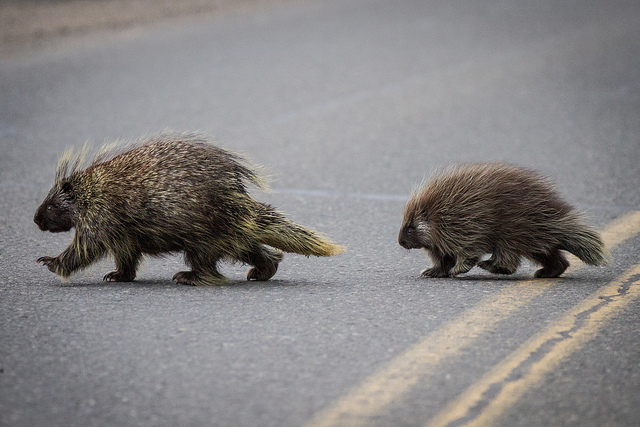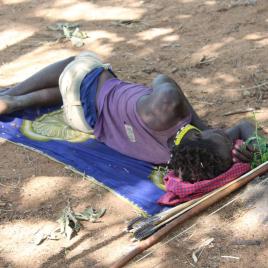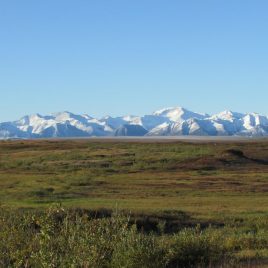Investigation of predator-prey relationships in a changing environment is an important way to track changes to local ecosystems. A new investigation takes a look at the effects of both top-down (predation-driven) and bottom-up (food and foraging-dependent) systems in predator-prey dynamics. The research team tracked a population of porcupines in Wisconsin, US, over a period of 14-year recolonization of fishers—porcupine’s natural predators—in the same area. Their observations showed that the fishers influenced the porcupine population both directly (by hunting them for food) and indirectly (by chasing porcupine females to less abundant feeding grounds and therefore endangering the survival of their young). Researchers also found that porcupines have compensated for lower nutritional value of their surroundings by expanding their foraging areas. These findings provide new insight into how prey populations are affected by predators and forage conditions, and point to a better integration of behaviour, nutrition, and demographics into ecological studies.
Authors:
Philip D. DeWitt, Matthew S. Schuler, Darcy R. Visscher, Richard P. Thiel
Corresponding author:
Philip DeWitt, Ontario Ministry of Natural Resources and Forestry, Email: dewitt.ecology@gmail.com OR philip.dewitt@ontario.ca
Original paper published in Proceedings of Royal Society B: Biological Sciences on July 12, 2017.



